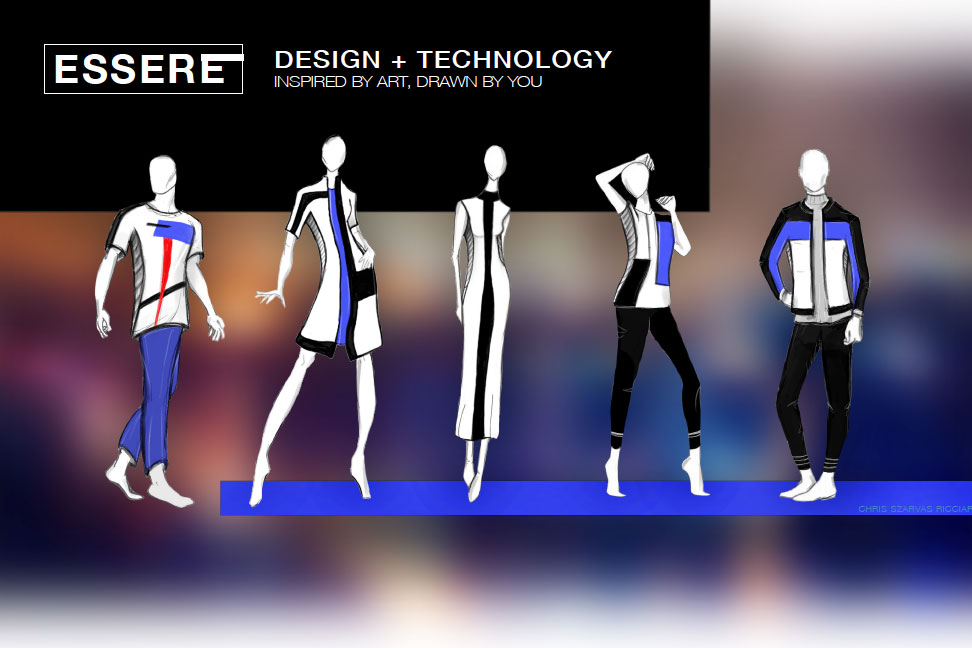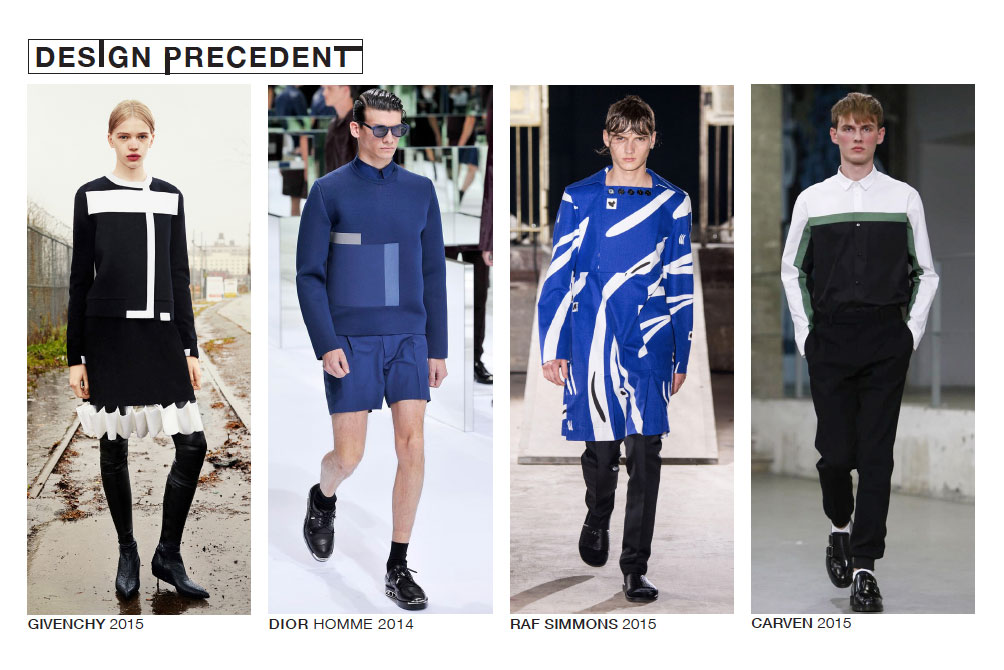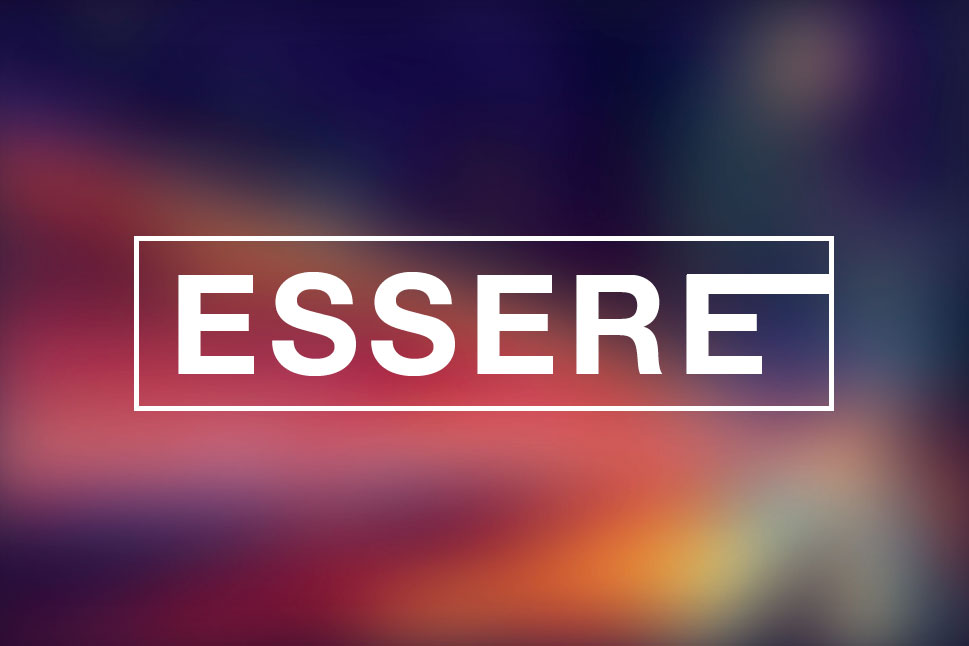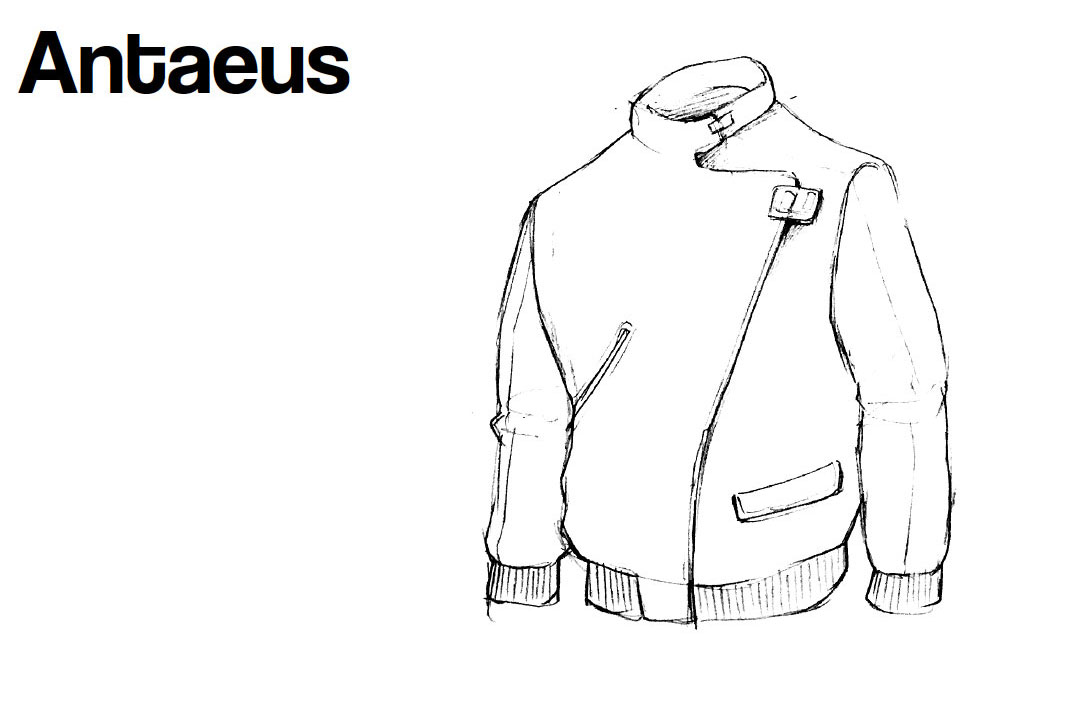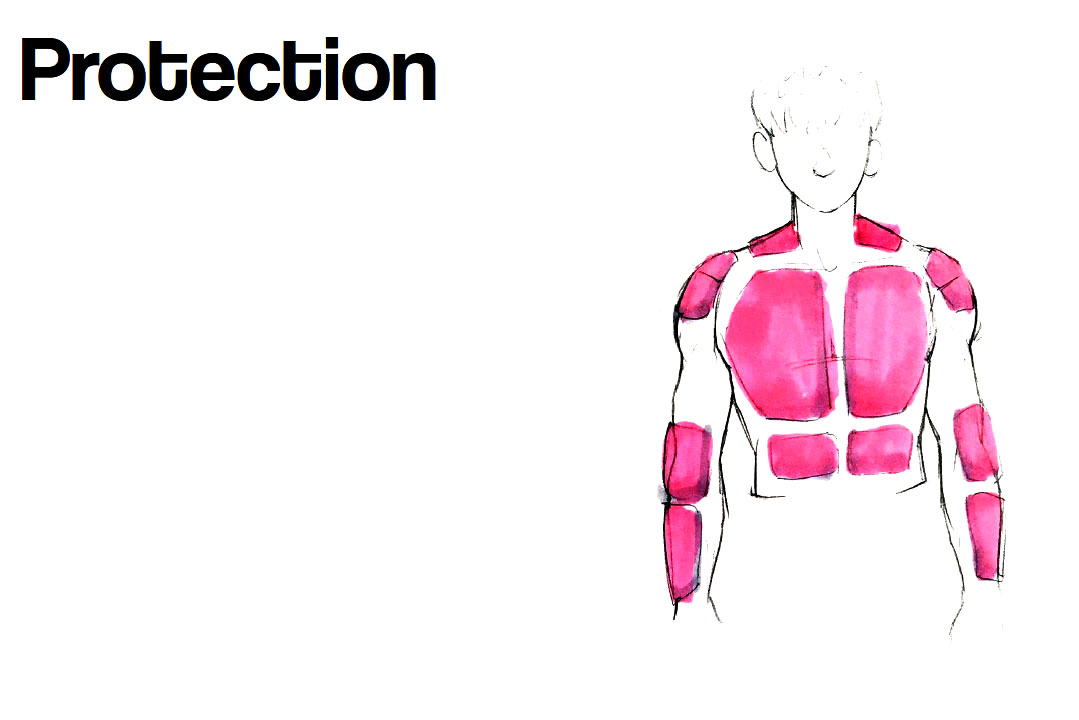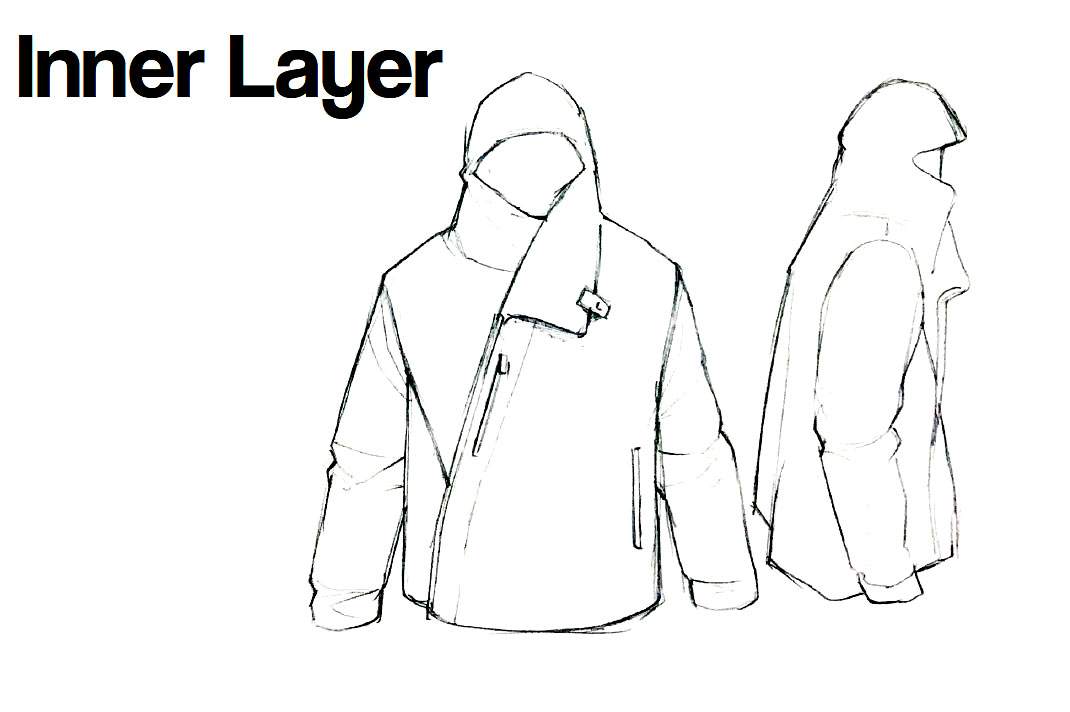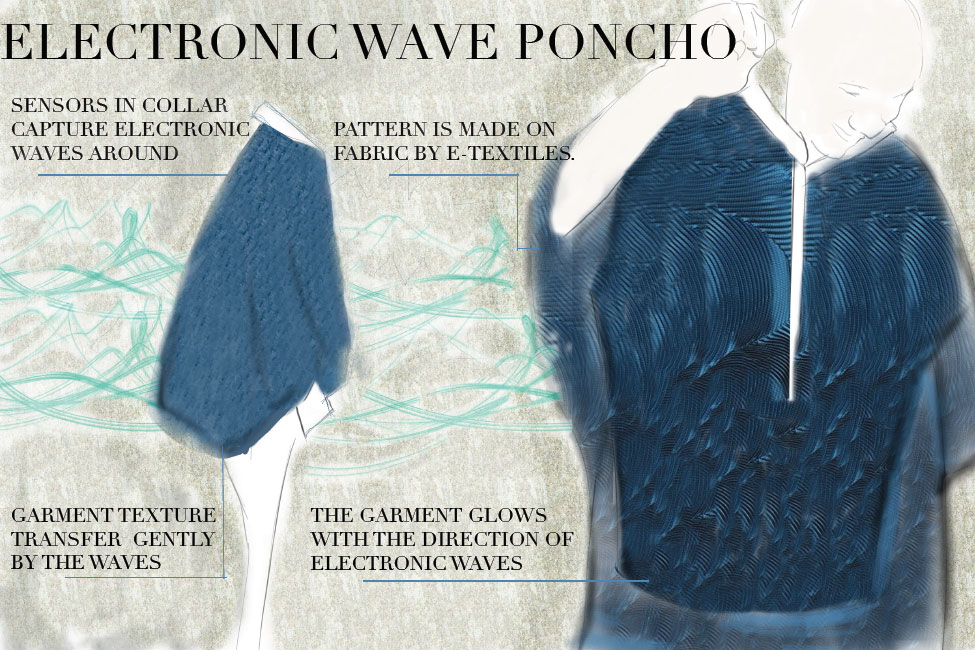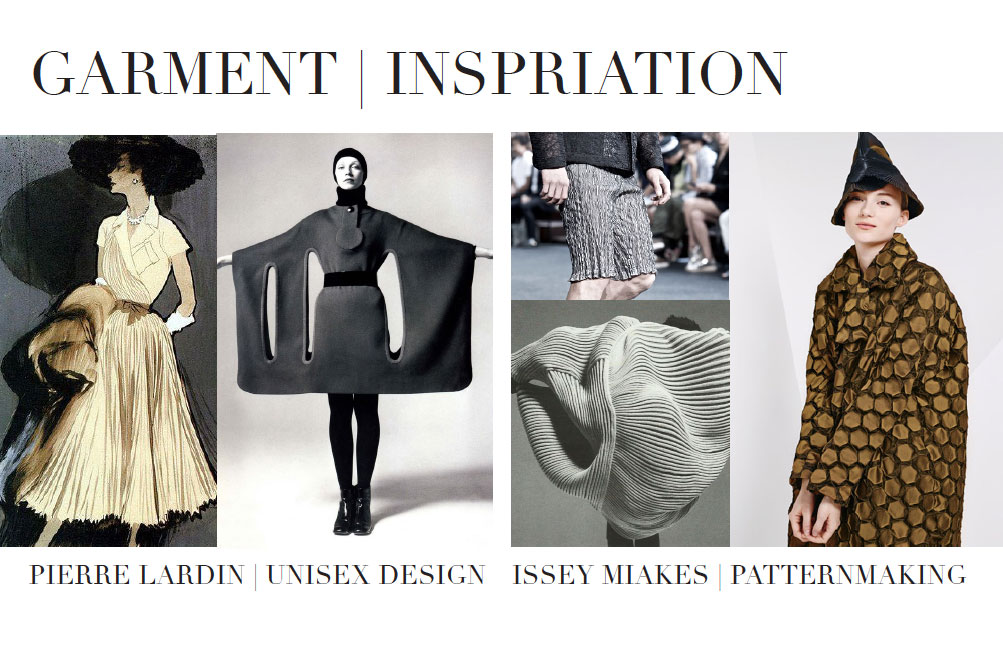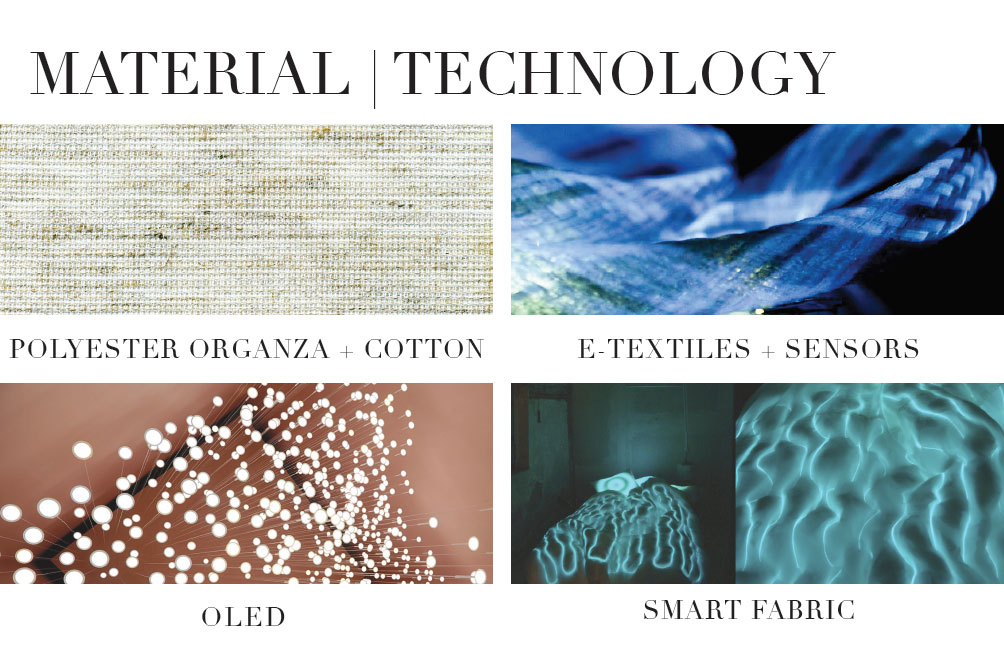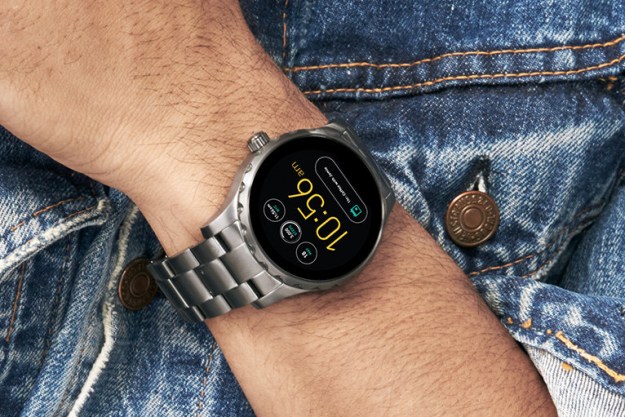
But why should consumers have to choose between wearables that work well and wearables that look good?
At this year’s FashioNXT Runway Show in Portland, Oregon, Digital Trends will help shatter that choice by highlighting designs that unite the best of both worlds. We received wearable technology designs from more than 40 aspiring young fashion designers, then debated their merits along with a panel that includes the brightest minds from Google, Nike, Intel, and Stanford.
The judge’s favorite three submissions are below. And now you can help decide the winner by voting for your favorites. Let us know which you think deserves the top spot by voting, then let us know why in the comments! The winner will receive $500 cash, plus counseling from some of our elite judges to help usher the concept into reality.
Essere
By Chris Szarvas Ricciardi
Essere is inspired by art, drawn by you. It is a series of wearable garments that are completely blank upon purchase, but fully customizable upon first use. Some of fashion’s most simple yet attractive looks involve color-blocking, however, are typically out of reach by the average consumer, as well as static and permanent in one’s collection. An alternative is proposed, constructed of thermochromic fabric, metal alloy thread, and PowerFelt. These materials are sewn together in layers. Essere is simple to use; by dragging the finger on the fabric, the consumer draws their own patterns and designs unto the garment at hand. The metal alloy thread acts as touch-sensitive and location aware sensors, accurately reading the user’s design. In real time, the alloy-thread releases heat directly under the user’s drawn path, prompting a change in color on the thermochromic fabric. Heat and power are supplied to the metal alloy layer via PowerFelt, a new innovation in textile and technology design that efficiently transforms body-heat into energy. In addition, one may download and sync new designs to their garments. Ultimately, Essere is a versatile, fun garment that aims to put design into the hands of the consumer.
Antaeus
By Brandon Hightower, Wesley Mitchell & Jacob Rochester
Antaeus is a motorcycle jacket that emphasizes mobility and ensures protection in the event of a fall. Style, safety, and comfort coexist in this offering.
The jacket is constructed of a Gore-Tex Pro Shell with a pattern of piezoelectric fibers weaved into the material that harden when an electric field is applied across the material. A microprocessor and gyroscope built into the jacket detect when the rider has experienced a fall or collision and switch the jacket into protective mode.
The jacket’s inner thermal layer provides extra warmth for colder conditions. This thermal layer is made out of Brugnoli cotton sweat fabric and zips into the inner lining of the jacket to form one cohesive garment.
A flexible e-ink display on the forearm of the jacket connects with the rider’s smartphone via NFC and bluetooth to display navigation directions at a glance. Below the display is a special patch of touch-sensitive textiles that use technology developed by Google’s Project Jacqard and acts as a touch sensitive controller for the screen.
Electronic Wave Poncho
By Tianhan Zhang
Electronic wave poncho is an interactive garment which transfers electronic waves around user into elegant texture on poncho. With smart fabric and e-textile inserted into the fabric, poncho is able to capture electromagnetic waves in the air and create patterns based on both the shape and direction of the waves. People invented musical instrument by sending artificial waves into the air and vibrating to create sound. the poncho simply uses human being’s visual sense and created a beautiful pattern on fabric. User will see the pattern moving and traveling through the surface according to the movement of certain wave. The white collar not only builds a interesting contract between the pattern but also senses to capture waves. With the collar around user's neck, user will be able to switch between a variety of waves by moving away from collar. The poncho creates vertical pattern and horizontal pattern movements like wind blows through the garment.
